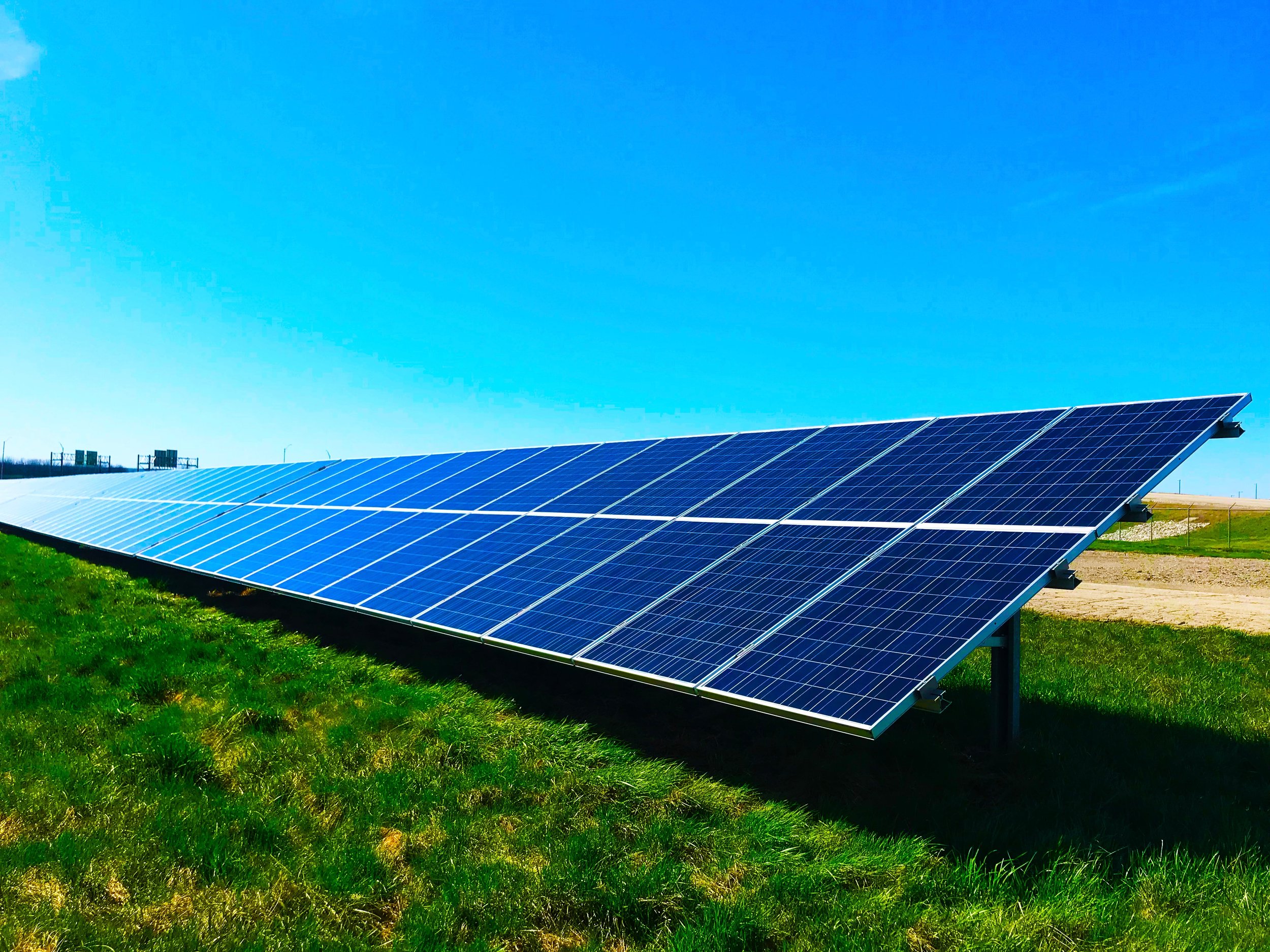10 Tips for Eco-Friendly Home Design You Should Know
More people are choosing a sustainable lifestyle, making small shifts to their routines to lower their negative impact on the environment. This change in priorities is beginning to affect the housing market, with an increasing number of green homes available and desired.
Eco-friendly products were once only available to the wealthy, but now most people can afford to include more sustainable changes in their homes. Whether you’re helping a client renovate or build from scratch, these tips will help you pull off the perfect green home design.
1. Use Sustainable Flooring
Flooring is an important decision in any build since it serves as a base for the rest of the design process. You have plenty of choices when it comes to sustainable materials. Some popular ones are reclaimed hardwoods, bamboo, cork, concrete, wool carpet and rubber.
Review the benefits and drawbacks of each with your client. Show samples and images of other homes with some of the more obscure eco-friendly flooring options.
2. Select Low-VOC Paints and Stains
Low-VOC paint is available in most common brands like Behr and Sherwin-Williams. Using paint with fewer volatile organic compounds reduces the risk of respiratory problems. They’re less toxic and keep harmful pollutants out of the air, ground and water.
3. Bring Nature Inside
After finishing the home and preparing it for sale or presentation to the client, add some greenery. It will make a huge statement. House plants add an eco-friendly vibe to the place, becoming a visual representation of all your hard work. They also improve the air quality and help remove any toxins from construction.
4. Think Smaller
Consider a smaller design when building brand new or creating an addition. Explain the benefits of reducing the home’s physical footprint to your customers. Reducing the square footage can significantly lower the house’s overall carbon footprint. To maximize the available room, create multipurpose areas and an extremely functional layout.
5. Choose Eco-Friendly Building Materials
You can even make more environmentally friendly building material choices. For example, insulated concrete forms are a sustainable alternative to wooden frames. They’re also better insulated and provide a tighter seal, drastically improving the home's heating and cooling efficiency. On top of that, they’re also more resistant to weather damage. Options like this are good to discuss with clients interested in eco-friendly design.
6. Find Efficient Appliances
Energy Star-rated appliances are practically the standard, but research all your options to find the best offerings to add to an eco-friendly home. You’ll discover dryers that sense when the clothing is dry and refrigerators that send an alert to your phone if the internal temperature gets too high. These features will help the environment and save your clients money in the long run.
7. Go Solar
Rather than relying on the grid to power your customers’ homes, install solar lights to help them create their own energy. Installation can be tricky, so most companies prefer to complete it themselves. Contract out to the same company each time for possible discounts. While you’re at it, build in some other sun-powered features, like motion-activated solar house lights.
8. Switch to LEDs
LEDs are far more energy-efficient than their incandescent or fluorescent counterparts. They also last much longer, which keeps bulbs out of landfills. Using smart LEDs takes this feature to the next level, allowing your client to change the color and warmth of their lighting. They can also turn lights on and off with their phone.
9. Install a Smart Thermostat
Another eco-friendly design option is to capitalize on the upgrades you’ve made so far — the well-insulated walls and solar energy pair well with a smart thermostat. Your customers will be able to control the temperature from their phones, even outside the home. Smart thermostats learn about a family and their habits and can adjust settings accordingly to save on heating and cooling.
10. Implement Water-Saving Strategies
For truly eco-conscious clients, discuss some water-saving strategies you could incorporate. Installing low-flow plumbing fixtures like toilets, showers and sinks is a great start. You could also set up rainwater harvesters so your clients can water their gardens or filter the water for home use.
Wow Your Clients With Eco-Friendly Home Design
You’re likely to see more clients moving forward who are interested in eco-friendly design. Learning the best tips will help your process move forward and wow people — nothing expands business better than positive word-of-mouth. Customers will appreciate your knowledge upfront and the long-term savings and benefits of the design you created.
Author Bio: Jane is an environmental writer who covers topics in sustainable construction and green building materials and the editor-in-chief of Environment.co.






